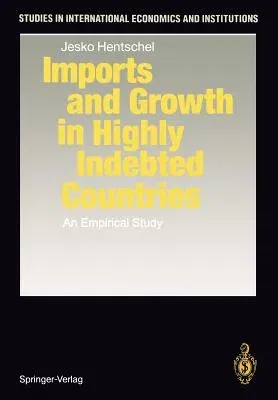Jesko Hentschel
(Author)Imports and Growth in Highly Indebted Countries: An Empirical Study (Softcover Reprint of the Original 1st 1992)Paperback - Softcover Reprint of the Original 1st 1992, 8 March 2012

Qty
1
Turbo
Ships in 2 - 3 days
In Stock
Free Delivery
Cash on Delivery
15 Days
Free Returns
Secure Checkout
Part of Series
Studies in International Economics and Institutions
Print Length
209 pages
Language
English
Publisher
Springer
Date Published
8 Mar 2012
ISBN-10
3642467725
ISBN-13
9783642467721
Description
Product Details
Author:
Book Edition:
Softcover Reprint of the Original 1st 1992
Book Format:
Paperback
Country of Origin:
NL
Date Published:
8 March 2012
Dimensions:
24.41 x
16.99 x
1.22 cm
ISBN-10:
3642467725
ISBN-13:
9783642467721
Language:
English
Location:
Berlin, Heidelberg
Pages:
209
Publisher:
Weight:
367.41 gm

